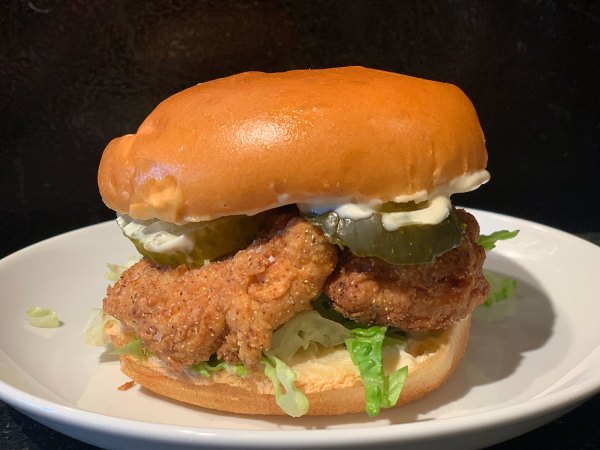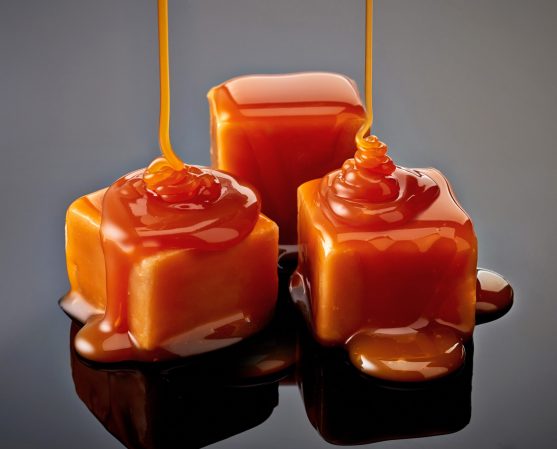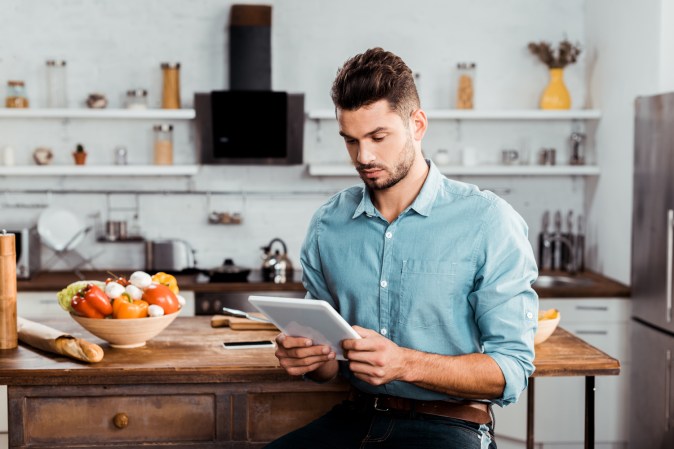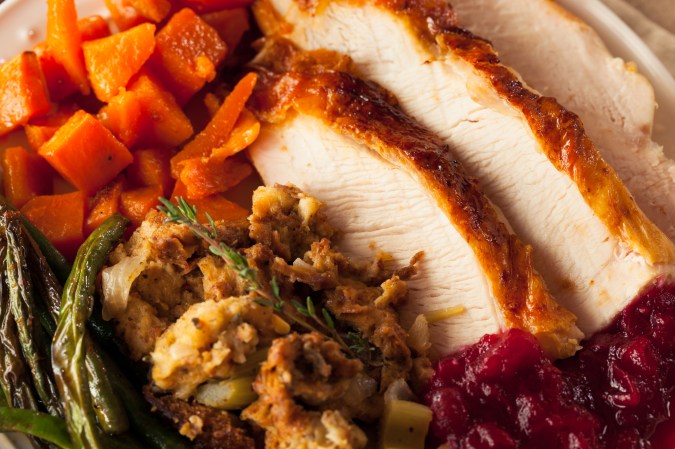

Many a coffee connoisseur has wandered into a cafe or local coffee shop, watched those little brown beans tumble and toast, and thought, “I could do that.” And since many shops sell raw, green coffee beans right off the shelf, it’s easy for temptation to triumph.
With the right tools, the proper application of heat, and finely-tuned senses, home roasting is an art achievable by any caffeinated individual willing to give it a shot. But don’t discount the science and technique that goes into roasting your own beans, or you risk imbibing some powerfully intolerable brew. Put it all together, though, and there’s little more satisfying than sipping a morning cup that you truly made yourself.
“Like bread baking, beer making, and other culinary hobbies, coffee roasting can be a fun way to demystify a broadly misunderstood craft,” says Peter Giuliano, executive director of the Coffee Science Foundation and chief research officer of the Specialty Coffee Association.
The tools you’ll need to roast your own coffee
First, get yourself some green coffee beans, which are often available from specialty coffee retailers or local roasters.
Then, collect the necessary tools: one or two colanders or baking sheets, and a roasting device. According to Giuliano, your roasting device can be simple or extravagant. “One can roast coffee in a wok or a slightly modified popcorn popper, but there are also specific and very good home-roasting appliances designed especially for the purpose,” he explains.
[Related: Save money by making better coffee at home]
But in most home-roasters’ opinions, myself included, the easiest option without investing a few hundred dollars in a purpose-built device is to use the humble hot air popcorn popper, which isn’t unlike the professional models that Wisconsin’s Door County Coffee & Tea founder and co-owner Vicki Wilson uses to roast 5,000 pounds of coffee beans each week. Both tumble the beans on hot, high-velocity air, toasting them as they fly around the machine.
The proper coffee-roasting technique
Once you have the tools, all you have to do is apply heat evenly until the beans turn that beautiful coffee color, Giuliano says. That sounds simple, but there’s a lot more nuance involved. Here’s how to get it right.
Heat the beans, agitating them constantly (a hot air popper does this for you), for three to five minutes, until you hear the beans start to make an audible pop or crack. This is called the “first crack” and it signifies the beginning of the roasting process. You can stop roasting as soon as you hear this sound if you prefer a light roast or keep going if you want a medium or dark roast.
You should also call upon your senses to assess the beans’ progress. “A roaster may use their senses of sight, smell, and hearing to give them clues as to what exactly is happening in the roaster at any given moment,” explains Giuliano.
While audible cracks may be the main signifiers of how far along you are in the process, aromas also chart progress: acidic and flowery compounds in light roasts give way to sweet and nutty flavors in medium roasts and bittersweet chocolate notes in darker roasts, according to Giuliano. So don’t just listen; smell.
There’s color to consider, too. Keep an eye on the darkening shade of the beans to gauge how far along they are in the roasting process. If you buy and consume coffee beans regularly, you probably have a pretty good idea what color they should be, but keep in mind that they will continue to darken as they cool, so stop roasting a shade or two short. Then experiment with timing to see exactly how long it takes to achieve the roast you prefer.
[Related: For better coffee, start with fewer beans]
A few minutes after the first crack, the beans produce an audible second crack, which signifies that you’ve attained a dark roast. Within 30 seconds after that sound (or whenever you stopped at your preferred roast), move the beans to a metal strainer or parchment-lined tray to cool. “You want to quickly cool them to stop the roasting process or the beans will continue to burn,” instructs Wilson. You can speed up the process by transferring the beans back and forth from one strainer or tray to another, which allows more cool air to lower their temperature.
Let the beans cool for at least 12 hours in a garage or patio, or in a sink where the chaff won’t create a mess all over your kitchen floor. Then, store them in an air-tight container for freshness.
What happens when you roast coffee beans
While the technique may seem straightforward, there’s more going on during home roasting than meets the eye. There’s a chemical process taking place at the molecular level that transforms more than 800 compounds in the beans from flavorless and raw into aromatic and delicious.
Here’s what’s happening, according to Giuliano: First, as you heat the beans, the tiny reserves of water they hold evaporates, reducing the mass of the beans by around 11 percent. After about three to five minutes, when the last bit of water escapes, it turns to steam and causes the coffee beans to pop and crack.
A few minutes later, the second pop or crack is the result of carbon dioxide created during the roasting process. The beans will continue to release this carbon dioxide for hours, even days after roasting is complete.
And it’s all because of heat. Giuliano says, “The heat causes a variety of chemical reactions, including pyrolysis—a process of temperature-induced decomposition of coffee material—and Maillard reactions wherein sugars and proteins turn deep brown.” This is similar to what’s happening when foods like steak and toast brown and develop rich flavors.
Every type of coffee has a unique chemical reaction, but Giuliano says a skilled roaster knows how to coax a roast along and, more importantly, when to stop to get exactly the flavors they are looking for. It’s a skill that only comes with practice.
Tips for roasting your own coffee
To get you on the right track immediately, the pros have a few suggestions. First, set up your workstation outdoors, if possible. Roasting creates a significant amount of smoke and an aroma similar to burnt popcorn, so do it outside or in a well-ventilated area.
And keep in mind that timing is as much an issue after roasting as during. It may be tempting to grind your beans right away, but that won’t yield the best flavor. So wait at least 24 hours before using your beans to make a cup.
[Related: Does coffee make you poop?]
Likewise, don’t put the beans away as soon as they are cool. As we said, they will continue to release CO2 as they rest, and the excess gas can cause the lid of your storage container to pop off. Instead, wait 12 hours before packing them up. This also helps ensure there’s neither too much CO2 (causing poor flavor) nor too little (causing your beans to go stale) in the final product.
When your beans are ready to grind, use them within a week or two for the best flavor. And if at first you don’t succeed, try again. “Experiment. That’s what life’s all about,” Wilson says. “Once you get it fine-tuned, roasting your own coffee is very rewarding.”















